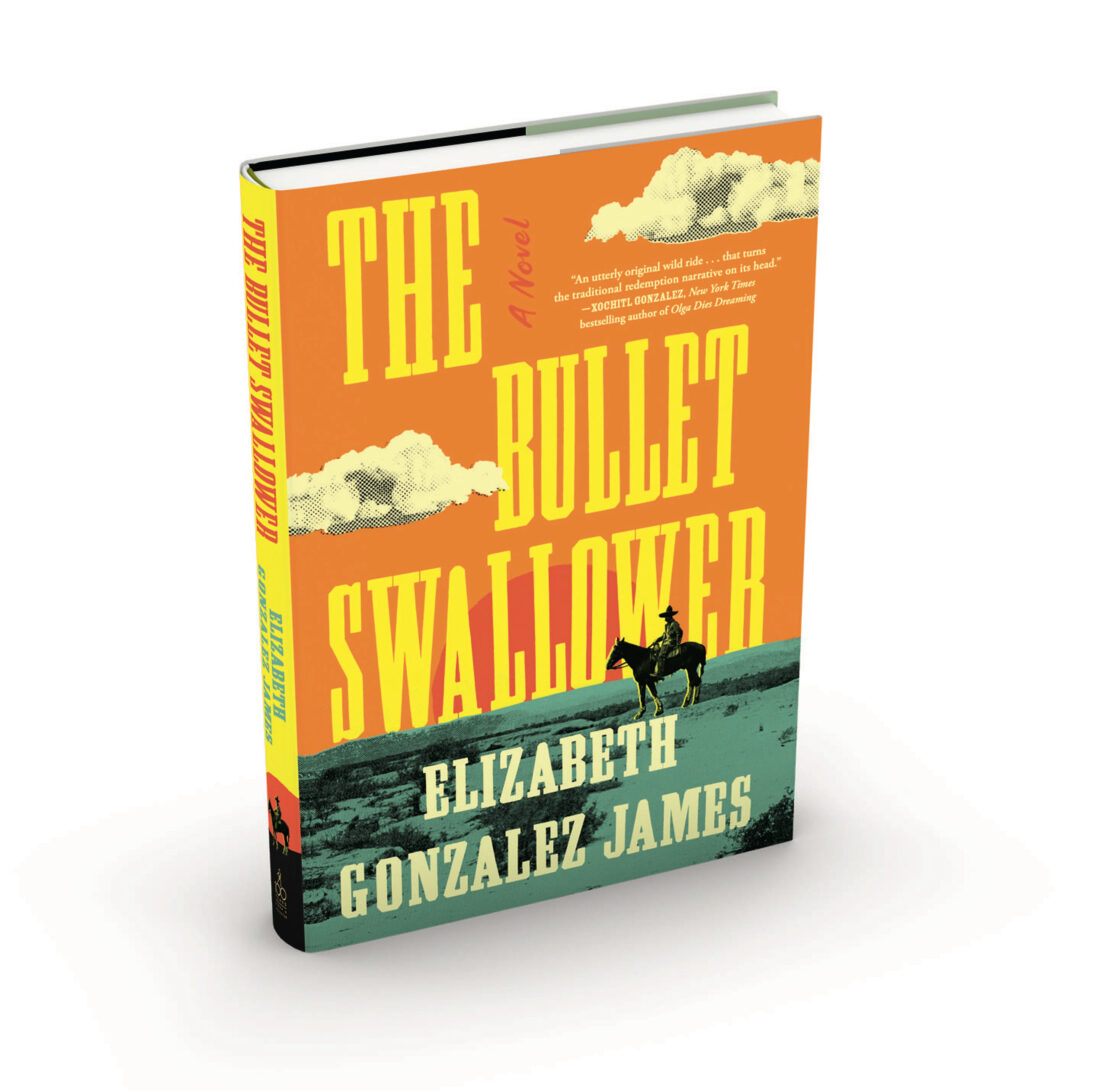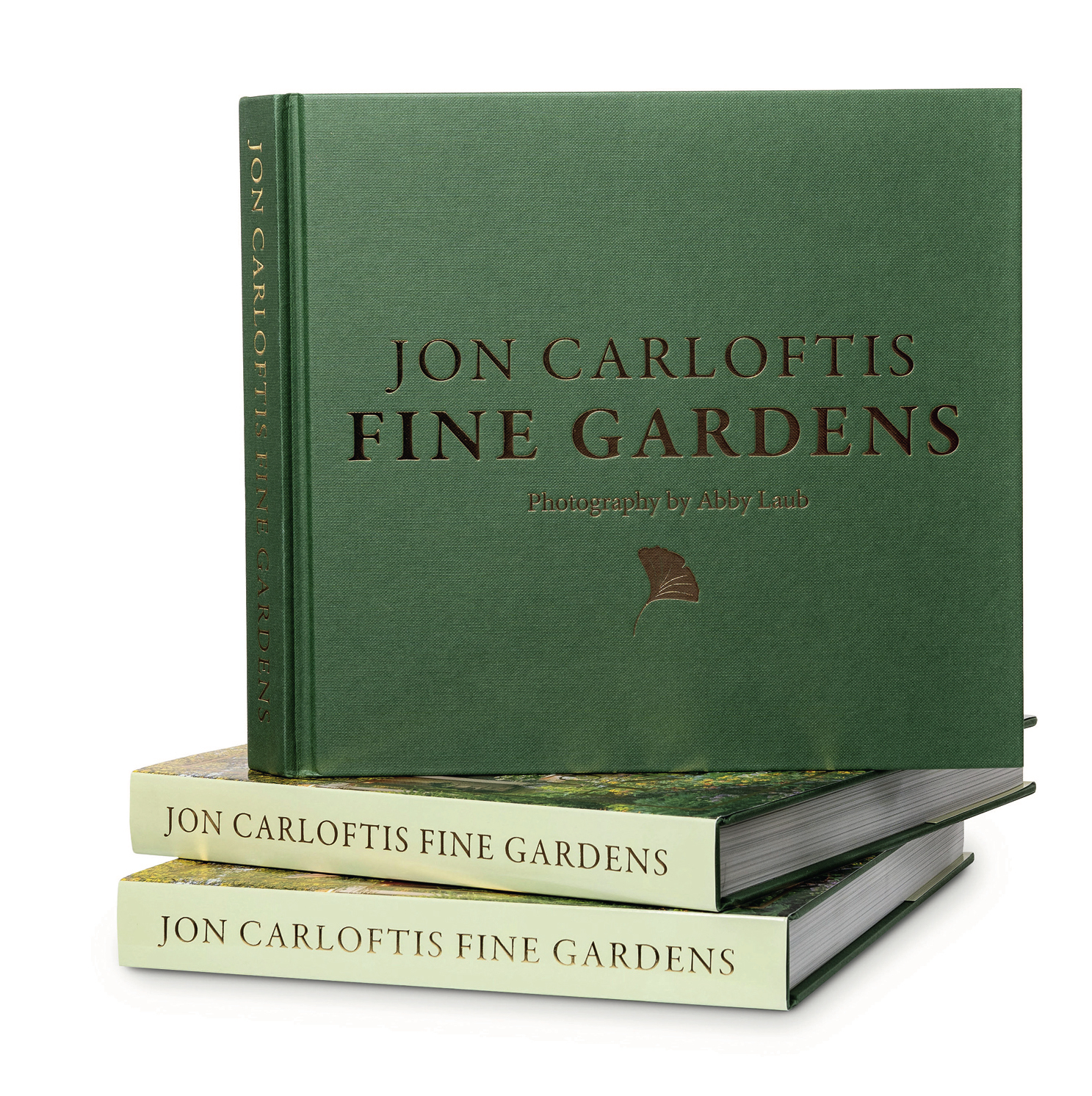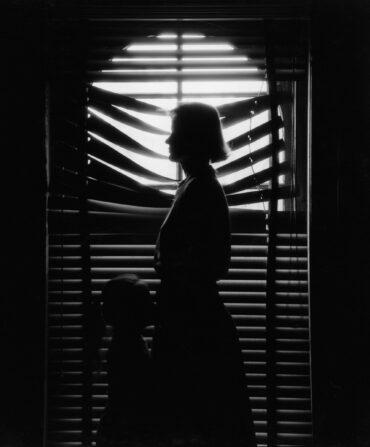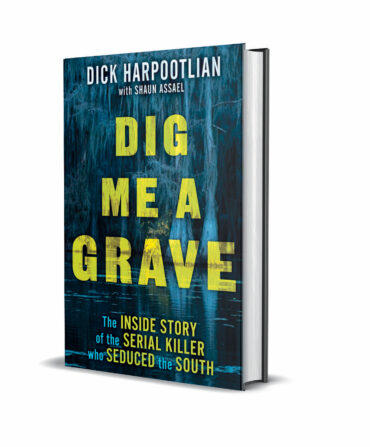Twirl a radio dial in much of Mexico, and eventually you’ll happen upon a corrido. Centuries old and nationally cherished, corridos are narrative folk ballads relaying stories of bandits, smugglers, rebels, gunslingers, doomed lovers, and fugitives, typically based on real-life people and events. Sometimes likened to gangsta rap for their gritty, swashbuckling vibe, corridos are full of drama and desperadoes along with tubas and gut-string guitars. They’re one of Mexico’s most exquisite and enduring soundtracks.

It wouldn’t be out of line to cue some corridos on the hi-fi when settling into Elizabeth Gonzalez James’s new novel, The Bullet Swallower. In fact, I recommend it. (Try global sensation Peso Pluma for the freshest take or raspy-voiced Ramón Ayala for a more vintage groove.) That’s because James’s rousing, bullet casing–strewn book could be called a corrido in novel form. Like so many corridos, its roots are sunk in actual events: James based one of its central stories, about a small-time outlaw whose multiple escapes from custody bring down the unholy wrath of the Texas Rangers, on that of her own great-grandfather. His nickname, like her main character’s, was El Tragabalas, or “the bullet swallower.” As well, the narrative has the cantering pulse and emotional urgency of a song, toeing that warbly line between drama and melodrama. All that’s lacking is an old-time corrido’s oompah rhythm.
James braids two main stories together in The Bullet Swallower, linked by ancestry as well as by a mysterious, spectral figure with the name of Remedio, who operates as a kind of bounty hunter of souls. One is set in 1895, in the Rio Grande borderlands. That’s where an occasional cattle rustler and cotton smuggler named Antonio Sonoro, scion of a ruined gold-mining dynasty, gets shot in the face by Texas Rangers following a botched train robbery and left for dead. The old shaman who finds him and nurses him back to health, applying ground-up flowers to his mangled face, names him El Tragabalas because she can’t find the bullet, then correctly foretells a thousand more wounds to come. Her warnings go unheeded; scar-faced Antonio is bent on vengeance.
Along the way, we jump to Mexico City, circa 1964, where a later Sonoro descendant, Jaime, a singer and actor who’s “Mexico’s guiding light of ranchera comedies,” is grappling with a more cosmic variety of vengeance. (James draws on real life here, too; Jaime is inspired by her late cousin, the Mexican film icon Lalo Gonzalez.) He’s come into possession of an eighteenth-century history of the Sonoro family that’s doing the opposite of enlightening him. “If half the things in the book were true,” Jaime realizes, “he was the son of monsters.” The ancient, leather-bound book, and the sins of his forebears documented within, become like a weight around Jaime’s ankles—or rather his soul. But is heredity destiny? Must the sins of the fathers be paid for by the sons? Or could, as James writes, “the course reverse?” And just how does the curiously ageless stranger who comes slinking into Jaime’s life one afternoon—Remedio—fit into all of this?
Big questions, then, hurtle through this novel. But so do bullets, lots and lots of bullets: “.22-caliber reports, vicious pops dampened by wet leaves and the splintering of tree trunks, tore open the night,” goes round four or five of one of several epic gunfights. “Antonio caught a glimpse of an orange muzzle flash. He turned and fired, but his shot was answered tenfold and he had to dive for cover again.”
While James’s prose can at times suggest Cormac McCarthy during his lean cowboy phase—most notably, and hauntingly, when Antonio encounters thousands of dead and dying cattle lining the banks of the dried-up Nueces River—she’s equally adept at channeling the film director Michael Bay. The methyl chloride in an ice factory explodes during a shootout, blowing the entire roof into the street. An airborne whiskey bottle hits a turn-of-the-century electrical box in a border-town brothel, sparking petticoated mayhem. Men on horseback go chasing each other through the night with guns drawn, occasionally cracking wise: “If I owned Hell and Texas,” says one, “I’d rent Texas and live in Hell.” The Bullet Swallower rarely pauses to catch its breath, though its readers might need to. Like the corridos it evokes, it somehow folds a landscape, a people, and a culture into its beguiling swirl of lyrical intensity and galloping cadences.
Garden & Gun has an affiliate partnership with bookshop.org and may receive a portion of sales when a reader clicks to buy a book. All books are independently selected by the G&G editorial team.









